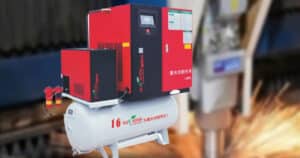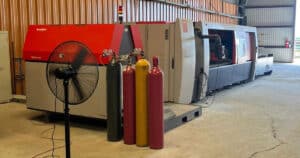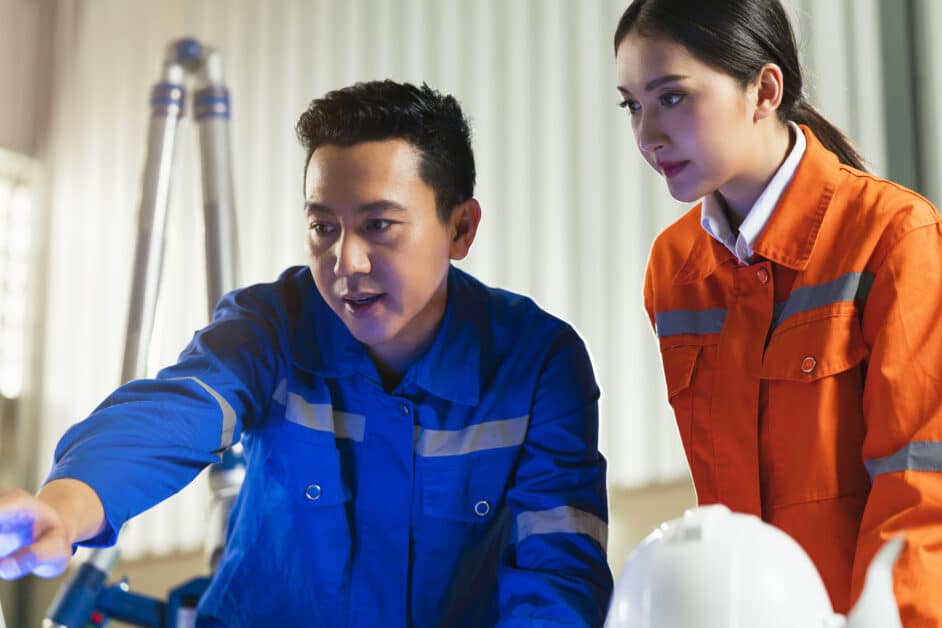An air compressor is a commonly used compressor equipment that compresses air into high-pressure gas. To ensure the normal operation and service life of the air compressor, it is very important to do maintenance and upkeep. The following are the key points for air compressor maintenance.
1. Clean the air compressor:
Clean the internal and external parts of the air compressor regularly. Internal cleaning includes cleaning the air filter, cooler, and oiler. External cleaning includes cleaning the machine casing and surface. Keeping the air compressor clean can prevent dust and dirt from accumulating and improve the heat dissipation effect of the machine.
2. Replace the air filter:
The air filter is used to filter impurities and contaminants in the air entering the air compressor. Regularly replacing the air filter can ensure the quality of air compression, prevent impurities from entering the machine, and reduce damage to the machine.
3. Check the oil:
Check and replace the oil in the air compressor regularly. The oil plays a lubricating and sealing role in the air compressor, so it is very important to keep the oil clean and at a normal level. If the oil is found to be black, contains white bubbles, or has an odor, it should be replaced in time.
4. Check and clean the cooler:
The cooler is used to cool the compressed air to a suitable temperature to provide better working efficiency. Regularly checking and cleaning the cooler can prevent it from clogging and reducing the heat dissipation effect.
5. Regularly check and tighten the bolts:
The bolts and fasteners in the air compressor may loosen due to vibration, and they need to be checked and tightened regularly during maintenance. Ensuring that there are no loose bolts in the machine can improve safety and reliability.
6. Check the pressure gauge and safety valve:
The pressure gauge is used to monitor the pressure of the compressed air, and the safety valve is used to control the pressure not to exceed the preset value. Regularly checking and calibrating the pressure gauge and safety valve can ensure their normal operation and protect the safety of the machine and the operator.
7. Regular drainage:
A certain amount of moisture will accumulate in the air compressor and gas tank. Regular drainage can prevent moisture from affecting the quality of the machine and gas. Drainage can be done manually, or an automatic drainage device can be set.
8. Pay attention to the operating environment of the machine:
The air compressor should be placed in a well-ventilated, dry, dust-free and non-corrosive gas environment. Prevent the machine from being exposed to high temperature, humidity or harmful gases, which may damage the normal operation and life of the machine.
9. Maintain according to user manual:
Develop a reasonable maintenance plan based on the frequency of use and the environment in which the air compressor is used. For machines with high frequency of use, the maintenance cycle can be shortened. Some consumable parts, such as seals and sensors, can be replaced regularly.
10. Pay attention to working conditions:
Regularly check the noise, vibration, temperature and other abnormal conditions of the air compressor, and repair and deal with the problems found in time to avoid further damage to the machine.
The air compressor is a relatively complex device, and attention should be paid to safety and maintenance during use. For some high-pressure and high-temperature equipment, operators need to have relevant operation and maintenance knowledge to ensure the safety of the working process and the normal operation of the machine. When maintaining the air compressor, you can refer to the manual provided by the manufacturer or consult professionals to ensure that the maintenance work is carried out correctly.







